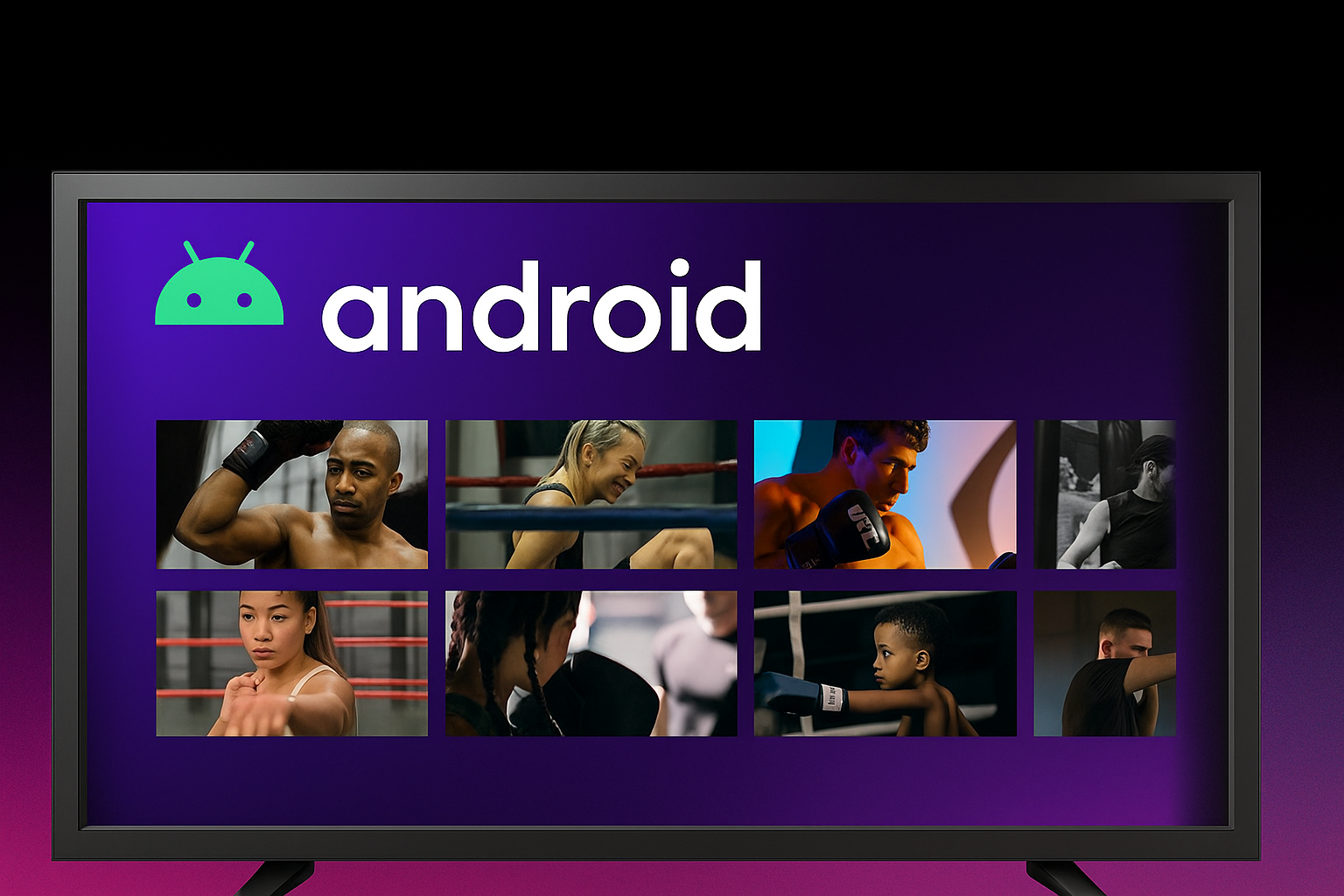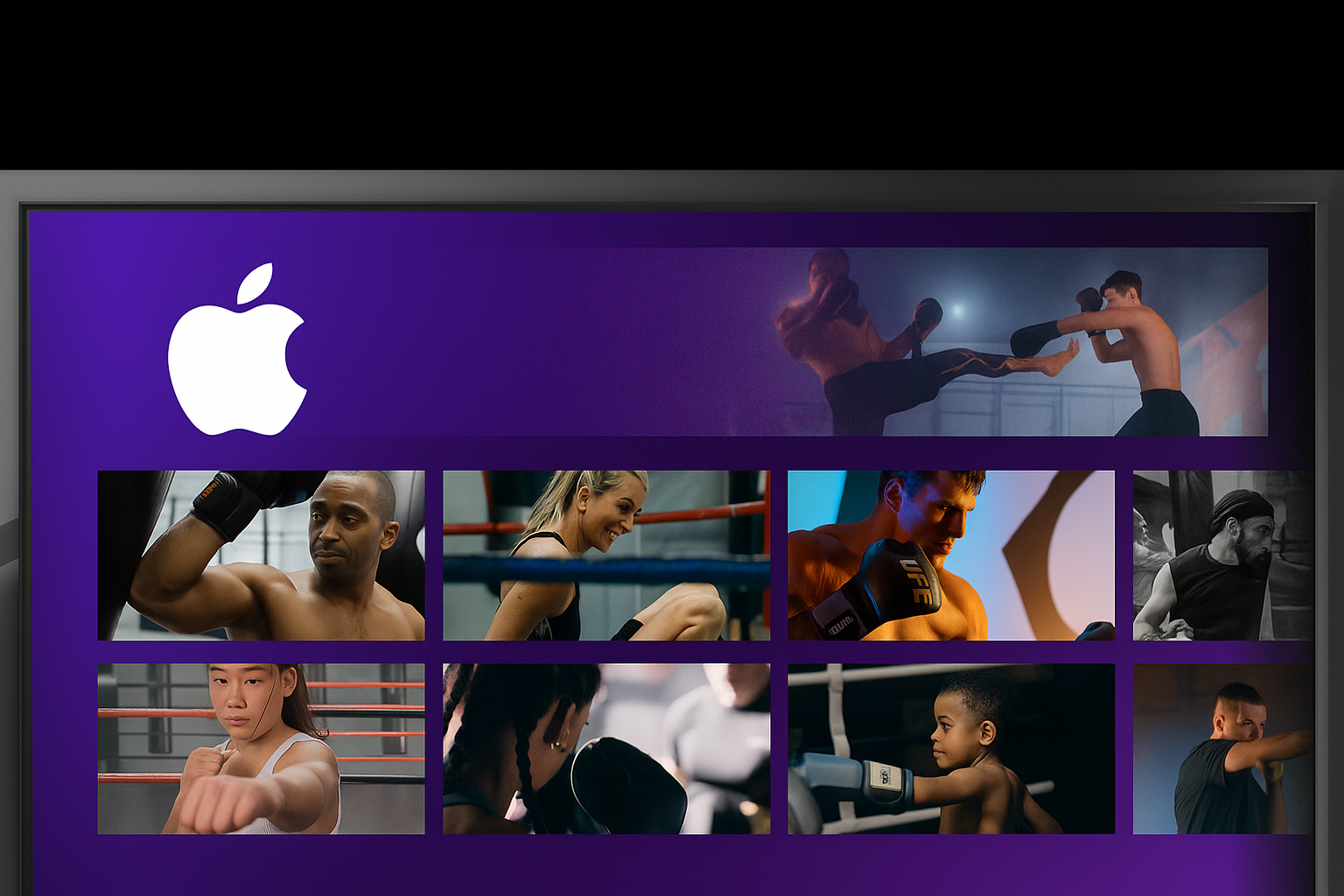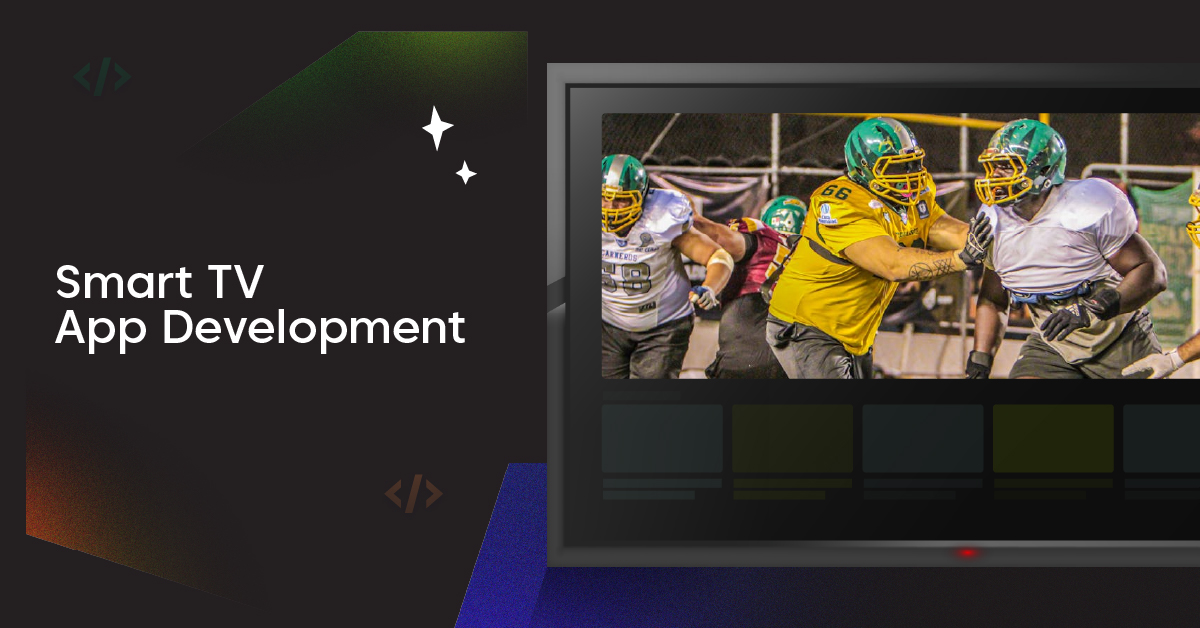As the video streaming industry continues to grow, the technology behind it becomes increasingly vital. Every day, millions of people watch videos online, from educational content to live sports events. To ensure a smooth experience, the technology that manages video content must be efficient and adaptable. One key component of this technology is video transcoding.
Video transcoding is the process of converting a video file from one format to another. This is important because different devices and internet connection speeds require different video formats to play smoothly. The video transcoding process ensures that all viewers can enjoy a high-quality video stream, no matter their device or how fast their internet is.
Transcoding software and live transcoding servers play a critical role in this process. It takes the original video file and changes it into a new file format. This new file is then easier to distribute and stream over the internet. By doing this, video transcoding ensures that the content reaches the audience in the best possible quality and format for their needs.
This blog post will explain video transcoding and its critical role in delivering high-quality video streaming. So let’s get started!
What is Video Transcoding?
Video transcoding is the process of converting a video file from one format to another. This is important because different devices and platforms often require video and audio files to play them correctly in specific formats. During the video transcoding process, the original video file is decoded to an intermediate uncompressed format, which is then re-encoded into the target format.
Transcoding is not just about changing the file format; it also involves adjusting the video quality, video bitrate, and video resolution to suit the needs of the target device or streaming services. For example, a high-quality HD video may be transcoded to a lower quality to ensure smooth playback on devices with slower internet connection speeds.
The transcoding software plays a crucial role in this. It takes the video and audio data from the source video file and converts it into a high-quality video stream that is suitable for various adaptive streaming formats. These formats, such as H.264 and Advanced Systems Format (ASF), ensure that the video stream can adapt to different bandwidths and playback conditions, providing a better viewing experience.
Difference Between Encoding and Transcoding
- Encoding is the process of converting raw video and audio data into a digital format. Transcoding involves changing an existing video file into a different format or quality.
- Encoding compresses video and audio files for initial distribution. Transcoding adapts these files for various devices and internet connection speeds.
- Encoding is done once to create the original video file. Transcoding can be done multiple times to create several adaptive streaming formats.
- Encoding uses a video codec to compress data, like H.264. Transcoding changes the video stream suitable for the target device or network.
- Encoding is the first step in the video streaming workflow. Transcoding ensures the video content is in the right format and quality for delivery.
How Video Transcoding Works
The process of video transcoding has several stages. These stages can be divided into two major parts- first, the source video must be encoded and then transcoded. The whole process of transcoding is divided into the following steps:
Input Video File:
The first step in every converting or compression process is to upload the raw video file. For transcoding a video, it needs to be uploaded on a video transcoding software that will process your content. Later, you can choose the output options according to your requirements.
Encoding:
Before transcoding, the video needs to be encoded first. The transcoding process converts one digital encoding format to another. Through encoding, videos are highly compressed and optimized for streaming, thus providing a smaller file size for smoother live streaming.
Transcoding:
Once the video is converted into encoded data, it’s ready for transcoding. The process of transcoding converts the source video from one format to another. This step helps you to reach a bigger audience by ensuring device compatibility. After transcoding, the video is ready for streaming.
For example, if you have an HD video that you want to stream, it’s necessary to convert that video into SD format to optimize the video for streaming.
File Types Used in Video Transcoding
Understanding different types of media files is essential when transcoding. You may often see terms like file formats, file types, and codecs.
File formats refer to how an audio or video file is stored on a computer system. A video file consists of a container containing details like synchronization information, metadata, and subtitles.
A codec (a portmanteau of coder/encoder) refers to a device or software program that encodes or decodes a digital data stream. In transcoding, video and audio codecs are used for data transmission, storage, encryption, and playback or editing.
Here is a list of the popular video file formats:
- MP4 (MPEG-4)
- MOV
- FLV
- AVI
- WMV
- WMA
- MPEG-TS
- MPEG2 PS, MPEG-2 TS
- WAV
- QuickTime
- 3GP
- OGG
- WEBM
- HDV
- MXF
- LXF, GXF
- VOB
Examples of video codecs:
- H.263
- H.264
- MPEG4
- Theora
- 3GP
- HEVC
- Windows Media 8
- Quicktime
- MPEG-4
- MPEG1
- MPEG2
- MPEG-TS
- XDCAM
Why Do You Need to Transcode a Video?
Depending on the goals and the scale of the streaming project, a streamer needs to accomplish several digital media tasks before starting streaming. Transcoding a video is one of them. It usually depends on the following factors:
Internet Speeds:
Several factors determine the quality of the video stream. Internet speed is one of them. Video streaming with slower data speeds needs to be compressed and transcoded. A transcoded media file ensures lower buffering times and minimizes the latency of the video stream.
File Size Reduction:
A high-quality video often has a large file size, which causes longer loading times and results in buffering. Since there are several adaptive streaming formats, it is necessary to transcode a video to reduce the file size. It will help to stream videos online without any interruptions. Besides this, different streaming platforms and devices also require different formats of media files. It is essential to convert a video file into multiple compatible formats to ensure compatibility with all the streaming platforms.
Device compatibility:
Video transcoding is laboriously linked to device compatibility. For a video file to play on a particular device or platform, it needs to be converted from its original format into one that the device can recognize and support. This is achieved using different codecs during the transcoding process, along with specific settings. These settings and parameters control aspects like resolution and video playback. As such, the video transcoding process helps ensure that users can access videos in their preferred format and resolution, regardless of their device or platform.
Improved playback performance:
Video transcoding can significantly improve the playback performance of a video. By optimizing the file size, resolution, and bitrate during the transcoding process, users may be able to access smoother and more consistent streaming. This is especially beneficial for mobile devices with limited processing power. Furthermore, transcoded video can help reduce bandwidth costs while delivering excellent audio and video quality.
Types of video transcoding
Now, let’s talk about the different types of video transcoding.
Interframe transcoding is about changing the video file to use less space. It does this by only saving the changes from one video frame to the next instead of saving every single frame. This is good for videos that stay mostly the same from one frame to another.
Intraframe transcoding works differently. It looks at each video frame on its own. It doesn’t care about the frames before or after. This is useful when editing videos because each frame is a full picture, making it easier to work with.
Lossless transcoding is when you change a video file without losing any quality. It’s like when you zip a file on your computer. You make it smaller, but you keep all of the information. This is great when you want to keep the original video quality.
Lossy transcoding is different. You do lose some quality, but the file becomes much smaller. It’s a trade-off. You get a smaller file, but the video quality decreases slightly. This is often used for internet streaming because it helps videos load faster, even if the internet connection is slow.
Audio transcoding is just for the sound part of videos. Sometimes, you only need to change the audio part of a video file. This could mean changing the file format or the quality of the sound.
Video transcoding is the whole package. It includes both the video and audio parts of a media file. It’s what you usually think of when you hear about transcoding. It’s changing the video and audio to ensure they work well together and can be played on different devices.
Local transcoding happens on your own computer using transcoding software like Adobe Media Encoder. It means you use your own equipment to change the video files. This can be fast if you have a powerful computer, but it might also be busy.
Cloud transcoding is when you use the internet to send your video to a cloud-based transcoder server that changes it for you. This is good because you don’t need to have a powerful computer. The service does all the work and returns the video to you when it’s done.
What is Cloud Transcoding?
Cloud transcoding is the process of converting a video file into different formats and resolutions using cloud-based services. This allows the video to be easily streamed over the internet to various devices with different screen sizes and internet connection speeds.
Castr is an example of a cloud transcoding service. It’s a live transcoding server that transcodes video and audio files on the cloud. This is important because it ensures that viewers can watch videos without buffering, regardless of their device or internet speed.
How Castr Transcode Video in Cloud Server
Castr’s cloud transcoding server is pivotal in ensuring high-quality video streaming experiences. By utilizing SRT/RTMP Ingest, Castr transcends traditional limitations, handling complex audio scenarios and offering more reliable streaming even in challenging internet conditions. This means that your live streams are less likely to suffer from interruptions or quality loss, essential for keeping viewers engaged.
The Bitrate Control feature is another crucial aspect of Castr’s transcoding capabilities. It allows for adjusting video bitrates to match the viewer’s internet connection speeds, ensuring smooth playback without buffering. For example, a high-definition 4K video can be scaled down in bitrate to fit slower connections while maintaining the same resolution.
When it comes to multilingual content, Castr’s Audio Splitting option is incredibly useful. It can manage multiple audio tracks, making it easy to offer various language options to your audience. This enhances accessibility and can expand your viewership globally.
For content that originates from traditional broadcast sources, Castr’s Deinterlacing feature converts interlaced video into a progressive format. This is vital for delivering a smooth video stream suitable for modern devices that viewers use today.
Moreover, Castr simplifies the complexity of video codecs by offering H265 to H264 conversion. This ensures your stream is compatible with a wide range of devices, as H264 is a universally accepted format. Elevate your streaming game today with Castr’s all-in-one video solution. Try it now to unlock professional-grade broadcasting at your fingertips!








